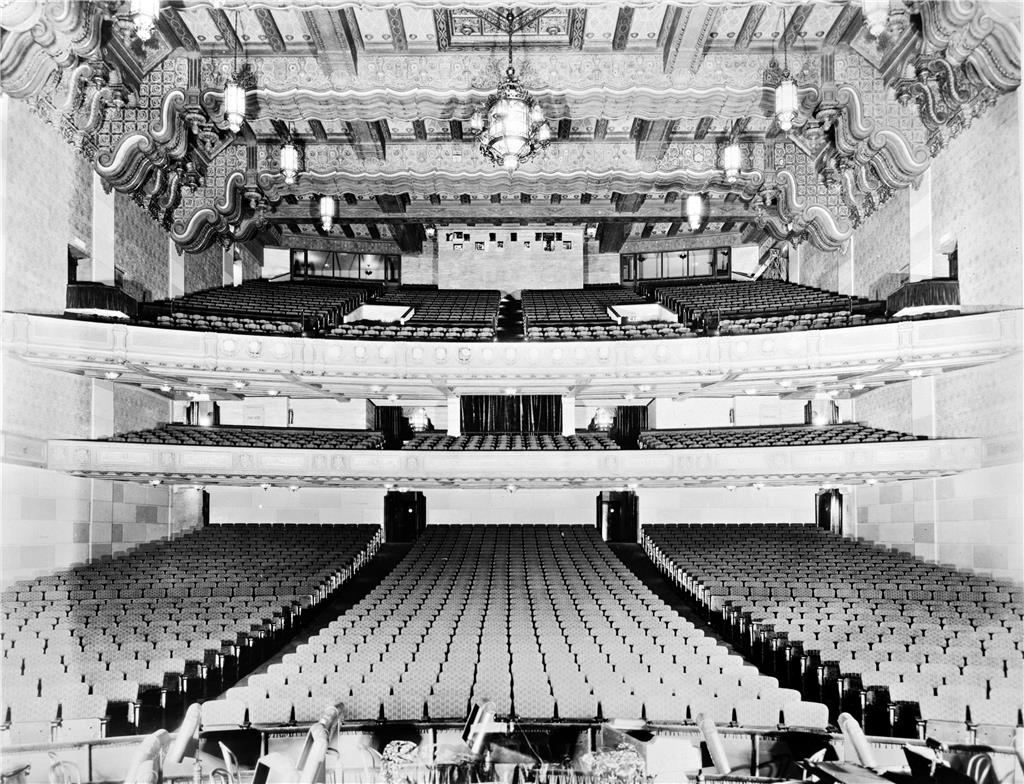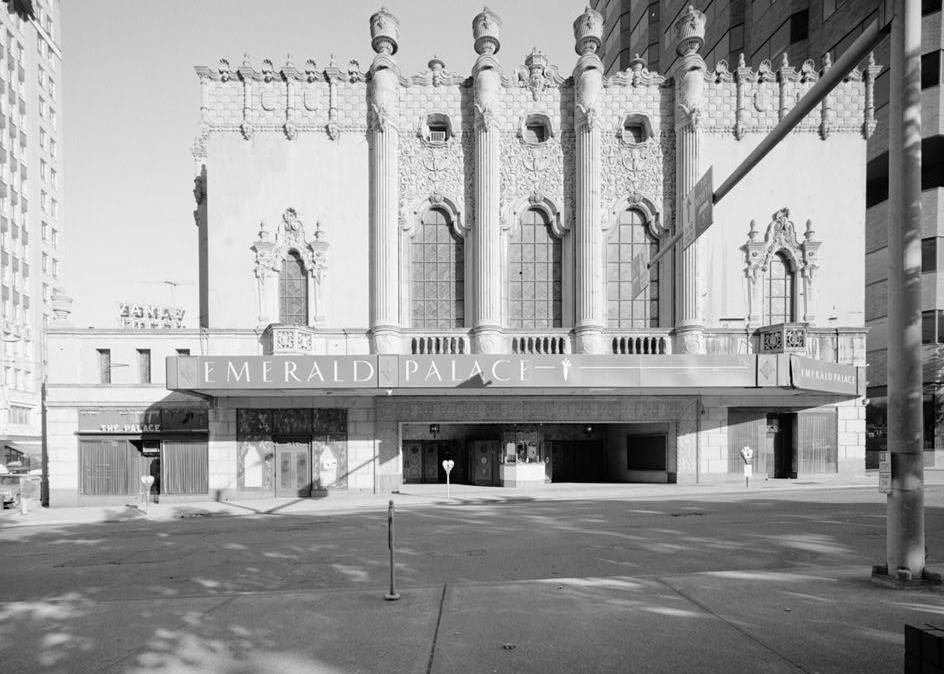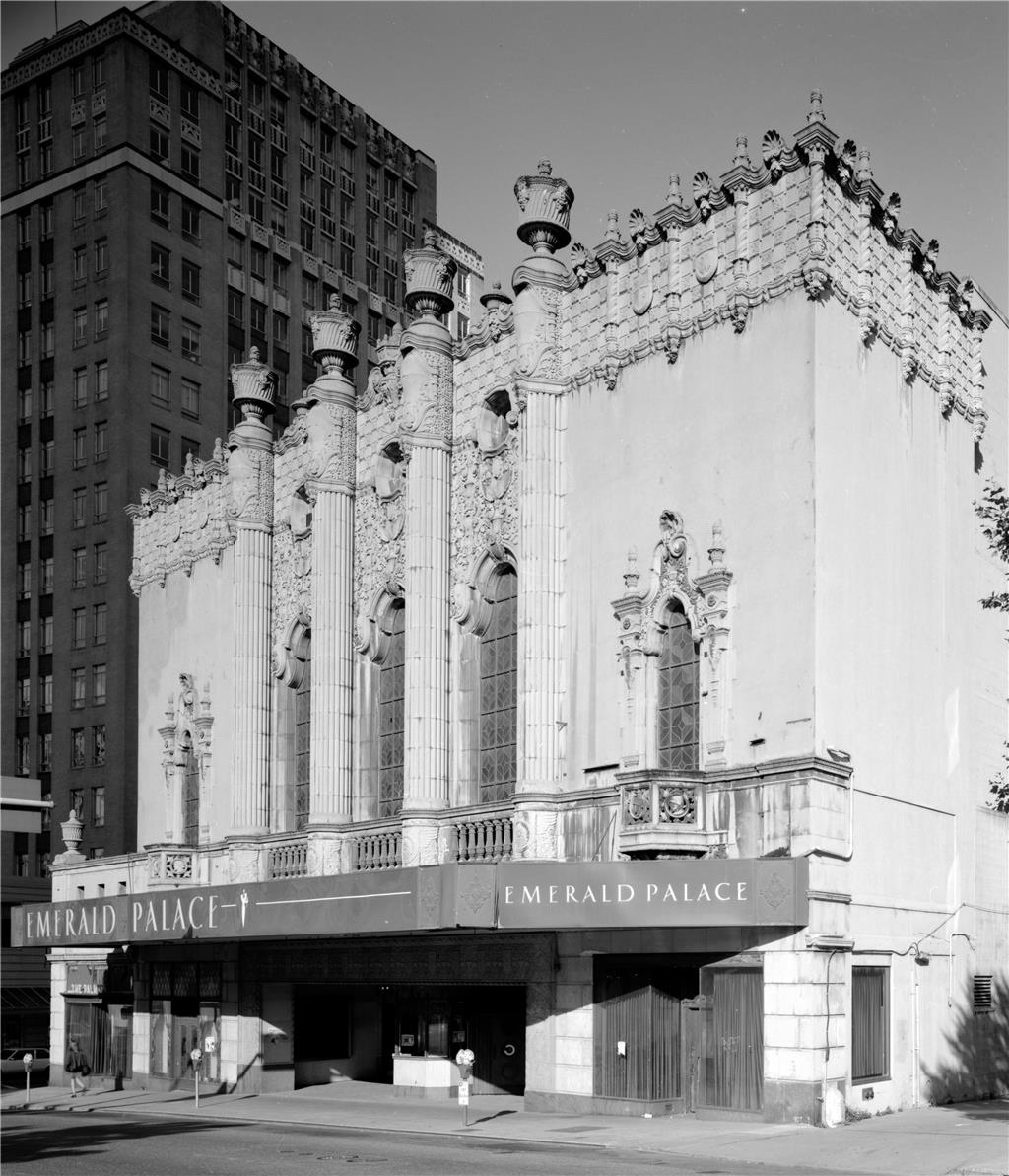
Seattle’s Grand Illusion: Unpacking the Myth of the Fox Theatre and Celebrating the Paramount’s Enduring Legacy
The name "Fox Theatre" conjures images of gilded grandeur, soaring ceilings, and a golden age of entertainment. Across America, these iconic movie palaces – in Atlanta, St. Louis, Detroit, and more – stand as architectural marvels and cultural touchstones. It’s a name synonymous with opulent escapism, a tangible link to a bygone era when going to the movies was an event of unparalleled spectacle.
However, for those seeking a "Fox Theatre Seattle," the search reveals an intriguing void. Unlike its sister cities, Seattle does not, and never has, boasted a grand theater bearing the "Fox" moniker. This absence often leads to a moment of mild confusion, a brief pause in the pursuit of historical entertainment. Yet, this very absence opens the door to a richer understanding of Seattle’s own theatrical heritage, one dominated by a different, equally magnificent name: The Paramount Theatre.
While not a "Fox," the Paramount is Seattle’s quintessential movie palace, a breathtaking testament to the city’s architectural ambition and enduring love for the performing arts. It embodies the very spirit and function that a "Fox Theatre" would have, serving as Seattle’s grandest stage for over nine decades, echoing with the laughter, applause, and collective awe of generations. To understand the Fox Theatre Seattle, one must, in essence, understand the Paramount.

A Roaring Twenties Vision: The Birth of the Seattle Theatre
The story of what would become Seattle’s equivalent to a Fox Theatre begins not with a national chain, but with local ambition. In the economic boom of the Roaring Twenties, cities across America were erecting lavish movie palaces, temples dedicated to the burgeoning art of cinema and the enduring popularity of vaudeville. Seattle was no exception. On October 29, 1928, the magnificent Seattle Theatre opened its doors to an eager public, a mere two days before the stock market crash that would usher in the Great Depression.
Designed by the renowned architect B. Marcus Priteca, a master of theatrical design who also conceived the Pantages Theatre circuit, the Seattle Theatre was an instant landmark. Priteca, known for his ability to blend opulence with functionality, imbued the theater with a distinct French Renaissance and Baroque flair. This was not merely a cinema; it was an experience. Patrons would step off the bustling streets of downtown Seattle and into a world of unparalleled luxury, a deliberate escape from the everyday.
The cost of construction was a staggering $3 million – an astronomical sum for the era. Every detail, from the towering proscenium arch to the intricate plasterwork and the glimmering chandeliers, spoke of an era of unbounded optimism and artistic extravagance. The grand lobby, adorned with marble, gold leaf, and velvet, invited guests to linger, to be part of the spectacle even before the curtain rose.
Architectural Majesty: A Feast for the Senses
Stepping inside the Paramount today is to step back in time. The scale is immediately arresting. The auditorium, with its seating capacity of approximately 2,807, sweeps upwards to a magnificent, intricately painted ceiling. Two grand balconies curve gracefully, offering superb sightlines to the stage. The predominant color scheme of rich reds, golds, and creams enhances the sense of warmth and regality.
The architectural detailing is nothing short of breathtaking. Ornate plasterwork, depicting classical figures, floral motifs, and mythological scenes, adorns every available surface. The proscenium arch, framing the stage, is a masterpiece of gilded decoration, drawing the eye towards the performance. "The design philosophy was to overwhelm the senses," explains local architectural historian Clara Jenkins. "These theaters weren’t just showing movies; they were transporting you. The architecture was as much a part of the show as the performers on stage."
Perhaps the most beloved and unique feature of the Paramount, and indeed many of its contemporaries, is its mighty Wurlitzer organ. Housed within the walls and speaking through hundreds of pipes, the Paramount’s Wurlitzer Opus 1818 is one of the few original movie palace organs still in regular use. With 20 ranks and 1,770 pipes, it was designed to emulate an entire orchestra, providing a vibrant soundtrack for silent films, accompanying vaudeville acts, and entertaining audiences during intermissions. Its thundering chords and delicate melodies continue to mesmerize patrons today, a living echo of the theater’s earliest days.

A Name Change and Shifting Tides
The theatre’s initial years were a whirlwind of silent films, live stage shows, and vaudeville acts. It quickly became the premier entertainment venue in the Pacific Northwest. However, the economic realities of the Great Depression, coupled with the advent of "talkies," forced changes. In 1930, the Seattle Theatre was acquired by Paramount Pictures and officially renamed the Paramount Theatre. This rebranding aligned it with the national network of Paramount-owned theaters, solidifying its place in the broader entertainment landscape.
The mid-20th century brought new challenges. The rise of television, the proliferation of suburban multiplexes, and changing audience tastes saw a decline in the grand movie palace experience. Many historic theaters across the country faced demolition or conversion into more utilitarian spaces. The Paramount, too, felt the pressure. While it continued to screen films and host occasional concerts, its golden age seemed to be fading. There were periods of neglect, of reduced attendance, and a palpable sense of its once-unrivaled glory dimming.
The Edge of Oblivion and a Resurgence
By the 1980s, the Paramount, like many other grand old theaters, was in peril. The building was showing its age, and the economic viability of maintaining such a large, ornate structure for sporadic use was constantly questioned. The threat of demolition loomed large, a fate that had befallen countless other architectural treasures. It was a critical juncture, a moment when Seattle risked losing a vital piece of its cultural and architectural history.
Fortunately, a coalition of passionate preservationists, civic leaders, and arts advocates recognized the immense value of the Paramount. They understood that this was more than just a building; it was a living monument, a repository of memories, and a potential cornerstone for the revitalization of downtown Seattle.
In 1993, the Seattle Theatre Group (STG) was formed, a non-profit organization dedicated to preserving and operating the Paramount, as well as the nearby Moore and Neptune Theatres. This marked a turning point, ushering in an era of dedicated stewardship and significant investment. A massive restoration project, costing over $10 million, commenced, meticulously bringing the theater back to its original splendor. Every piece of plasterwork was cleaned or recreated, every inch of fabric replaced, and the intricate painting schemes restored to their vibrant glory. Modern amenities were subtly integrated, ensuring comfort and accessibility without compromising the historical integrity.
"The restoration wasn’t just about paint and plaster; it was about restoring a soul," noted an STG spokesperson at the time of the renovation. "We wanted to ensure that future generations could experience the same awe and wonder that audiences did in 1928."
A Living Legacy: Beyond the Screen
Today, the Paramount Theatre thrives as one of Seattle’s most vital cultural institutions. While it occasionally hosts film screenings, its primary role has shifted to a diverse array of live performances. It is a premier destination for touring Broadway productions, world-renowned musicians, stand-up comedians, and cultural events. Its stage has seen legendary acts from across the musical spectrum, from rock and pop icons to jazz legends and classical maestros.
The Paramount’s impact extends beyond entertainment. It serves as an economic engine for downtown Seattle, drawing thousands of visitors to the area for each show, supporting local restaurants, hotels, and businesses. Through STG, it also champions educational programs, offering opportunities for young people to engage with the performing arts, fostering a new generation of artists and patrons.
The theatre’s enduring appeal lies in its unique blend of history and contemporary relevance. Audiences still marvel at its beauty, but they also come to experience cutting-edge performances in an unparalleled setting. It’s a place where the past and present coalesce, where the grandeur of a bygone era enhances the excitement of today’s live acts.
Conclusion: Seattle’s "Fox" in All But Name
While the name "Fox Theatre Seattle" may only exist in the realm of imaginative possibility, the spirit it evokes – of a grand, opulent temple to entertainment – is undeniably alive and well in the city. The Paramount Theatre, with its rich history, breathtaking architecture, and vibrant cultural programming, fulfills every expectation one might have for such an iconic venue.
It stands as a testament to Seattle’s resilience, its commitment to preserving its heritage, and its enduring love affair with the performing arts. From its opulent beginnings as the Seattle Theatre, through periods of decline and a triumphant restoration, the Paramount has weathered the storms of time, emerging as a beloved landmark. It is Seattle’s very own, magnificent movie palace, a beacon of artistic expression that continues to enchant, inspire, and entertain, proving that some legends, even without a specific name, resonate with profound truth and enduring magic.


